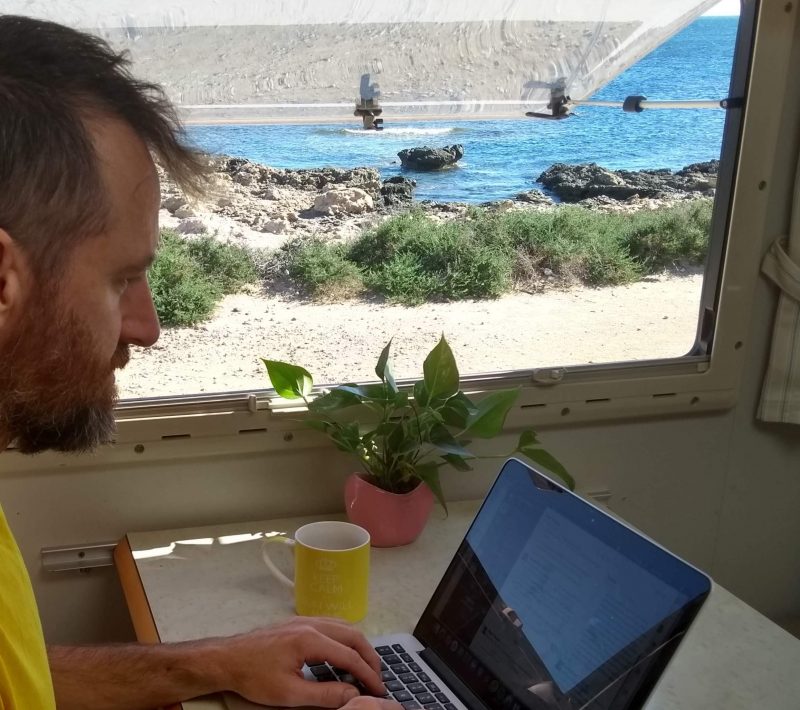This article was originally published on LinkedIn 10th March 2020.
As travel restrictions start to take hold in the Spring of 2020, and organisations across Europe, the US and the rest of the world look for ways to stay relevant, I want to share a story of hope.
My first attempt to set up remote working in my software business – back in 2008 – was a great learning opportunity: slow VPNs and dropped connections were the least of our problems back then. Building trust in our remote team members felt hard: real-time(ish) communication between team members in different offices, or at home, was hard to adapt to; remote working practices had still to be explored; ISP connections were slow and less than reliable; and who would pay for it all?
So what drives this need to increase and embrace remote and virtual working practices? It could be seismic events like the eruption of Icelandic volcano Eyjafjallajokull in 2010, which disrupted multiple international flights, making travelling to conferences, or training events impossible. Or perhaps the boom and bust cycles that are a part of many economic systems, putting pressure on whole industries to cut investment for expensive training events.
For us, the need was much closer to home: we needed to adapt so that we could better support our people as their personal situations changed.
To start with, our young teams began to need more flexibility, to commute less, and to spend more time with growing families. As we adopted new tools to help with this change, we discovered we could work more flexible hours, so we could support our families and lives even more. With more flexible hours came the reality that now we could work with people from further afield, and so the talent pool of our team grew quickly. As we became more geographically spread, our team’s diversity grew, bringing ever more value, adaptability and resilience.
Alongside my current role in Sea Salt Learning, since 2016 I have taken remote working to different places personally (excuse the pun!), living in new cities in Europe, travelling and working often from the road, and currently, ‘long-terming’ in a Classic Hymer. The technology has now caught up, along with unlimited data roaming internet packages introduced in 2019.
Communication platforms and software has also converged for office and remote workers alike: Slack (chat), Zoom (video), Fuse (learning), and Microsoft Teams (all-in-one platform) are all used by colleagues in the same office, or continents apart. Teams and organisation are becoming comfortable in using these platforms, no matter where they are.
At Sea Salt Learning, we help organisations get fit for today’s lived reality: The Social Age. We are remote and virtual to our core, getting together in person when we can, but thriving in these virtual spaces. The certification products we have developed over the past 2 years are aimed at developing skills in individuals and teams so they can thrive in this space too: from Social Leadership to Community Building, to Modern Learning and Storytelling (one of my favourites!).
I believe we will see many more organisations turning towards virtual learning offerings in the coming days, weeks and months. And companies like Sea Salt Learning are stepping up and offering excellent training programmes right now.
And this is at the heart of my message of hope:
Investing in individuals and teams, so they can thrive in remote and virtual spaces, will take us all beyond
the immediate need to upskill through virtual channels.
Having lived the life of a remote worker for years now, I’m pretty sure there will always be a need for face to face contact and in-person training/delivery. And if we see the current move towards virtual training as more than just a sticking plaster, more than a short-term fix, then we have a great chance at building more resilience and value in our futures.
If you want to find out any more about the virtual certification programmes, or other offerings from Sea Salt Learning, drop me a line.
